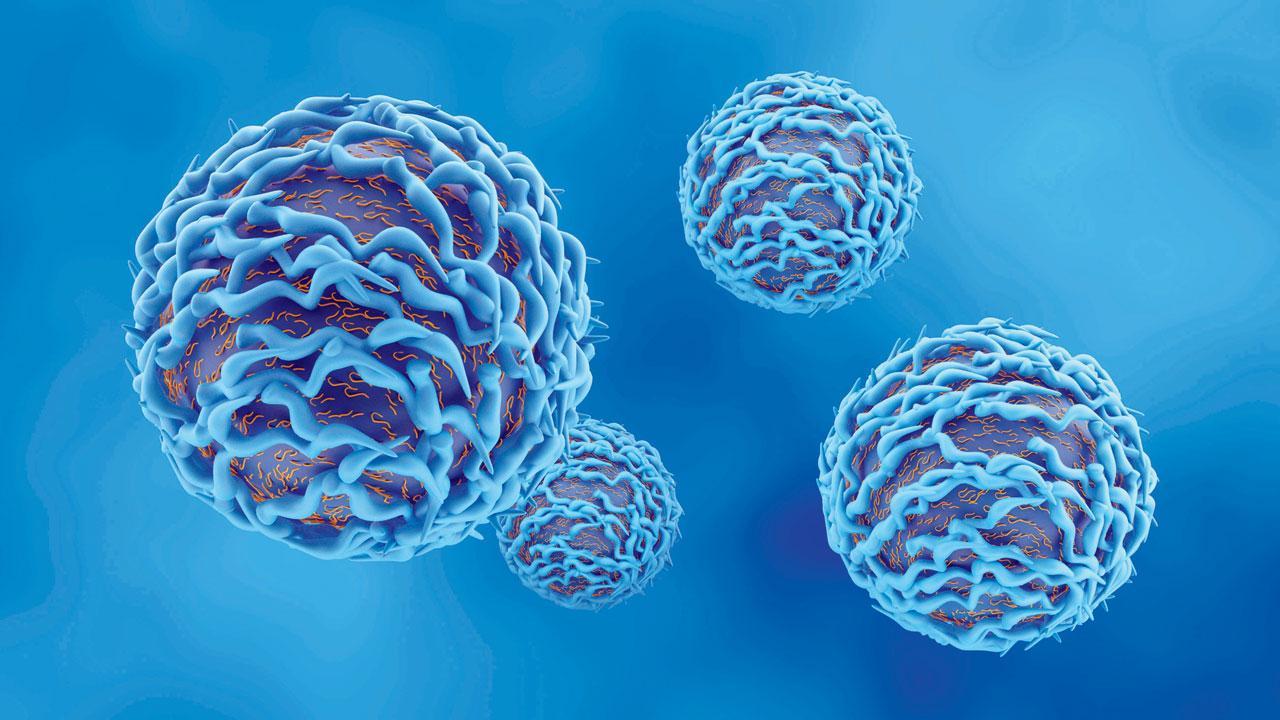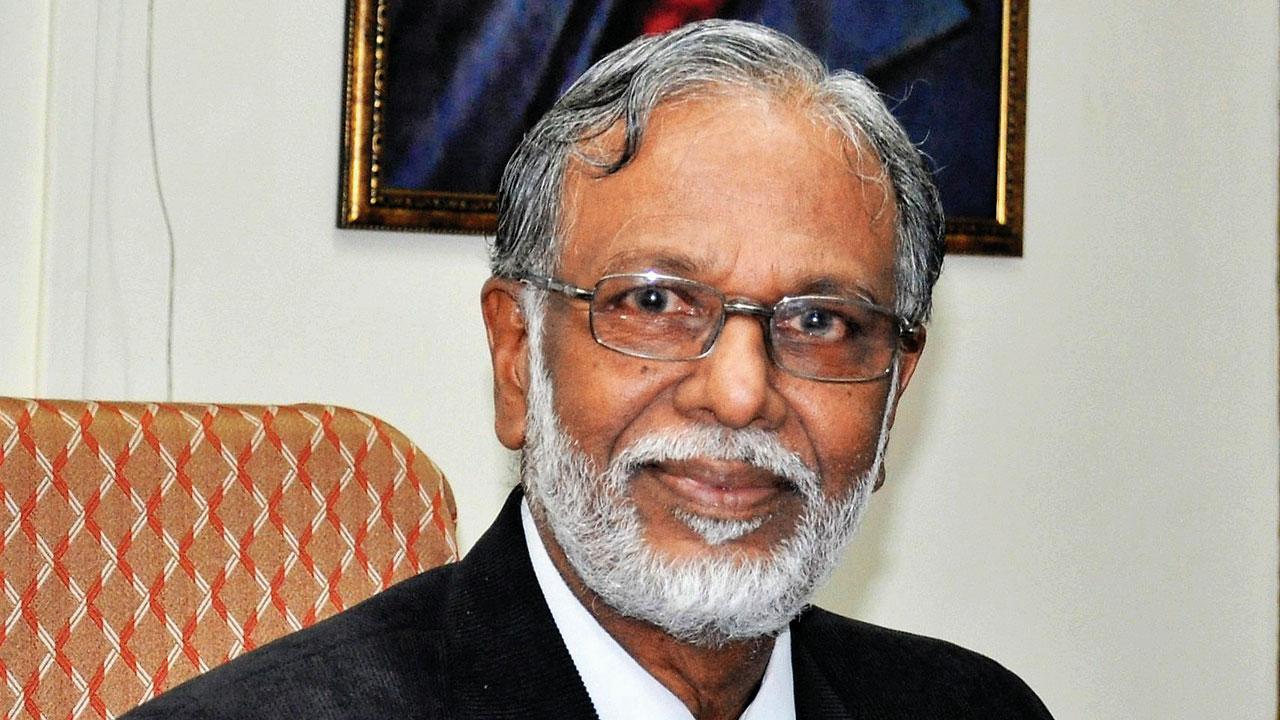WHO green light will boost the ongoing clinical trials of much-awaited vaccine protection for 2-15 age group and pregnant women

T-cell lymphocyte produced by the thymus gland
After the WHO green light to Covaxin and the subsequent publication of its phase-3 efficacy data by The Lancet last week, health and vaccine experts say this would boost the ongoing clinical trials of much-awaited vaccine protection for paediatric age group—2 years to 15 years—and pregnant women. Health experts are, however, divided over the “missing T-cells” in the prestigious medical journal.
ADVERTISEMENT
“It is indeed a proud moment for India, especially with the indigenously made Covaxin getting the final approval for usage, though it took longer for approval. The ongoing clinical trials of paediatric and vaccine for pregnant women are two more challenges towards universal vaccination against Covid, which, if successful, could be launched by June 2022 and it will add another feather in the cap of India,” Dr Subhash Hira, Professor of Global Health at the University of Washington-Seattle, and invited expert to several WHO-Geneva’s Covid review forums.

Dr Jacob John, virologist from Vellore
Unlike other global vaccines, which are fractionated genomic vaccines, Covaxin is a first-of-its-kind inactivated whole virus vaccine, he said, lauding that the home-grown vaccine was a self-funded R&D compared to global vaccines supported by foreign governments. While many global vaccines are 20-35 per cent effective against Delta variants, Covaxin scored an impressive 65 per cent, he said. Dr Jacob John, a world-renowned virologist from Vellore, had similar views on Covaxin. “Among all currently WHO-approved vaccines, Covaxin is easily the safest. This seems to come out clearly in the AEFI reports from the Task Force also,” he said.
On the lack of funding for Covaxin, he said, “Governments usually do not support private companies. In the early days of the pandemic, the Government of India wanted to control Covid without a vaccine.” On the comparable efficacy of vaccines at large, Dr John said, “When two vaccines have comparable efficacy. safety metric will compel you to go for the safer vaccine.”
‘Missing’ T-cell in Lancet report
Dr Wiqar Shaikh, professor of medicine at Grant Medical College and JJ Group of hospitals, has stressed that vaccine efficacy cannot be measured alone through neutralising antibodies but should also include T- lymphocytes studies, mainly natural killers like T-cells and cytotoxic T-cells. “It is still unclear if Bharat Biotech had done the T-cell study in phase 1 and phase 2. It is unclear why such a crucial part of the immunological analysis was missed out in phase -3 under the ambit of tagging it as mere ‘efficacy trial’.”
‘P-3 trial focussed on disease-related end points’
About missing T-lymphocytes in calculating Covaxin’s efficacy, Bharat Biotech said, “We agree with the point indicating the importance of T-cell response in viral vaccines. Apart from neutralisation antibody titers, we have also done extensive studies to evaluate cell mediated responses in our various clinical trials with Covaxin. Please refer to Phase I and Phase II publications, wherein IFNg secreting T-cell responses, polyfunctional T-cell responses by measuring various cytokines and T-cell memory response were reported. For Phase III, being an efficacy trial, we focused mainly on disease-related end points and measured the efficacy in terms of preventing symptomatic and severe Covid-19.”
‘Antibodies corroborate efficacy’
Dr Jacob John, differed from the T-cell argument calling it “illustrative of book knowledge”. He said most immunity surveys—for polio, measles, varicella, rubella, hepatitis, etc.—are done by measuring antibody prevalence. “Vaccine efficacy measures the reduction of disease incidence by vaccine immunity. Virus neutralising antibodies corroborate efficacy. Expecting T-cell immunity measurements in the phase 3 vaccine trial (thousands of subjects) is out of poor understanding of vaccine clinical trials. T-cell immunity studies in clinical medicine is either for research or for assessing the immune system in suspected immunodeficiency,” said Dr John.
“During vaccine design and development, they showed that the novel adjuvant is effective -- as evidenced by good T cell response. That clinches science,” Dr John concluded. Dr Hira said, “Smaller studies of T-cell mediated immunogenicity and safety studies were completed for all vaccine candidates during Phase-1 and Phase-2 studies. There is a definite need to monitor T-cell counts as the indicator of long-term efficacy of vaccines in a full-fledged vaccine trial at a later date, and also should include correlation with a full list of ‘variants of concern’.” The studies are done using the WHO/CDC template
designs, he said.
Govt support must
Dr Santosh Bansode, Head of the Department, Emergency Medicine, Wockhardt hospitals, said foreign pharma companies that got money from their governments had orders even before publishing trial data. “That was not the case with Covaxin,” he said. “Government should invest in Indian research and development without expectations of absolute gain from it because diseases like Covid will keep coming and we need strong research and development to deal with such diseases. Funds help to carry out research at a faster rate and produce data in a transparent manner to international agencies. So that approval can be achieved for its worldwide use,” said Dr Bansode, adding, “If we really want to see Atmanirbhar Bharat, we must support our research and development in all possible ways.”
Why T-cells matter
What are T-cells?
T-cell, also called T lymphocyte, a type of white blood cell is an essential part of the immune system. T-cells are one of two primary types of lymphocytes that determine the specificity of immune response to antigens or foreign substances in the body
Can T-cells fight Covid?
Scientists are hopeful that T-cells — a group of immune cells that can target and destroy virus-infected cells — provide long-term or life-long immunity against Covid-19, even if antibodies become less effective at fighting the disease.
 Subscribe today by clicking the link and stay updated with the latest news!" Click here!
Subscribe today by clicking the link and stay updated with the latest news!" Click here!







